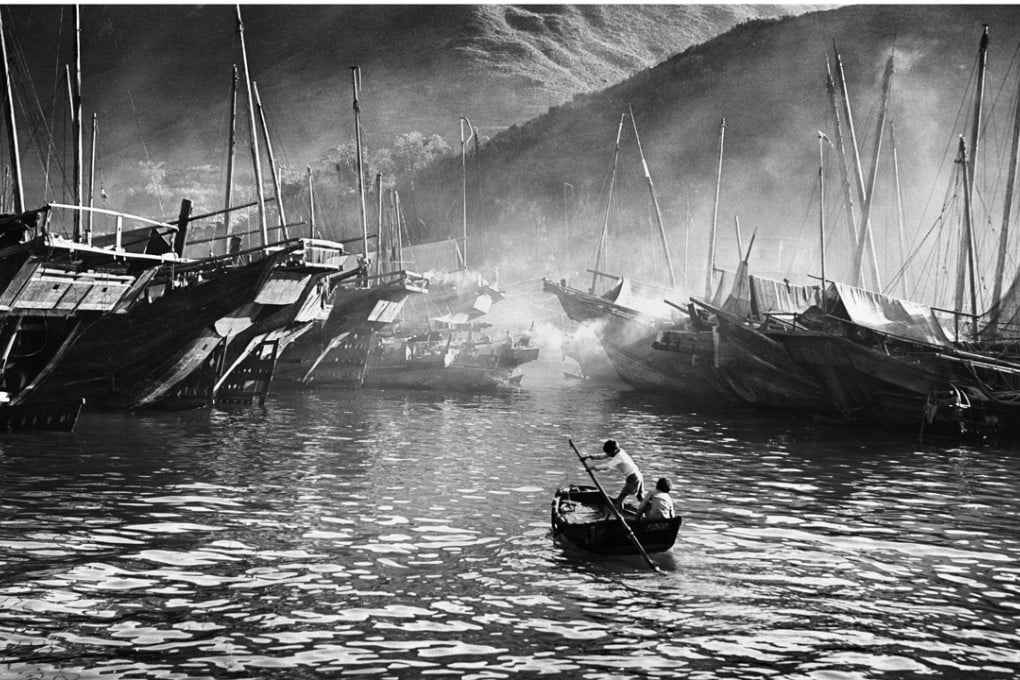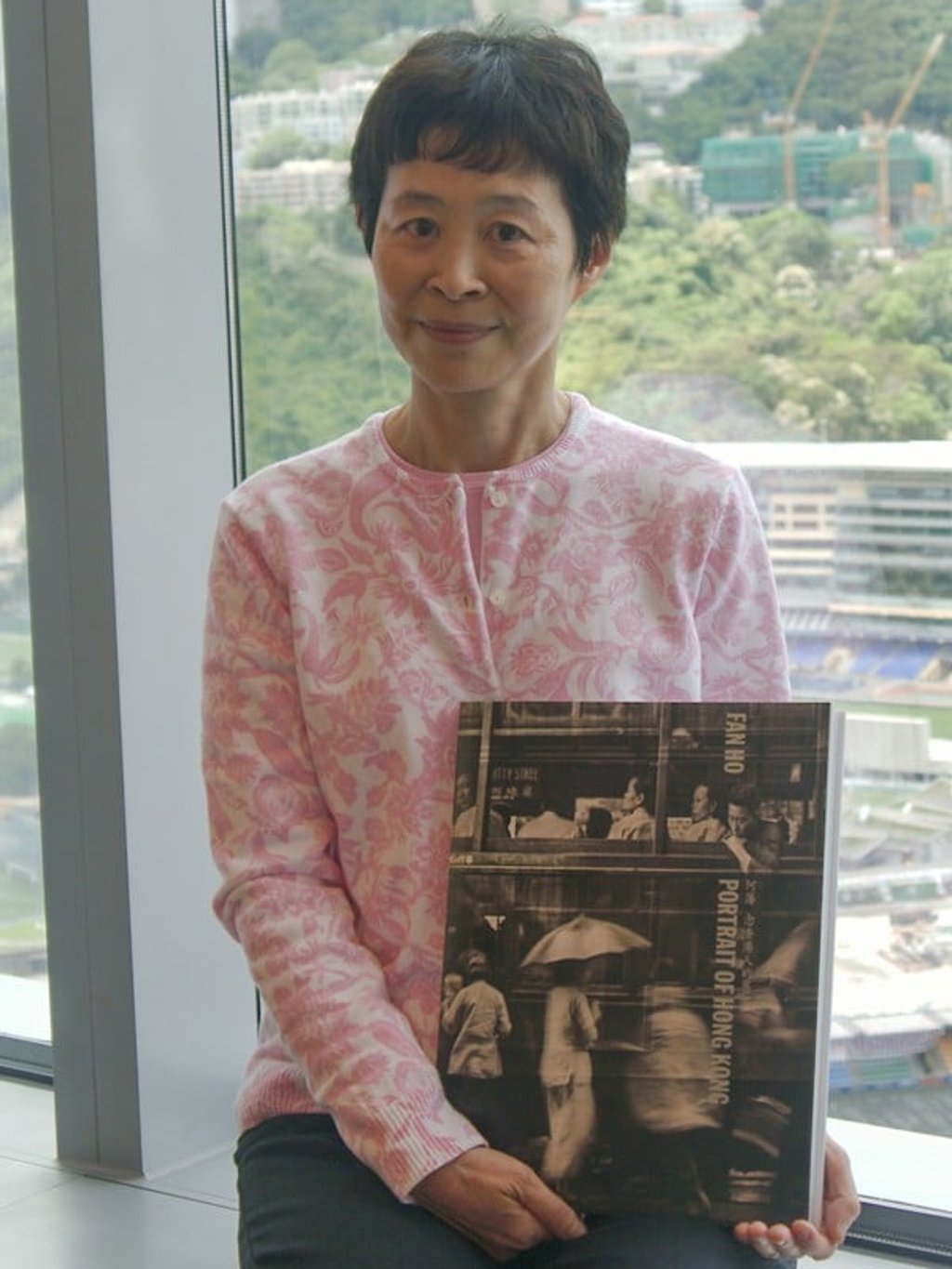How Fan Ho, Hong Kong’s poet with a camera, found his calling – in his own words
In one of his last interviews, Fan Ho, who died a year ago today, aged 84, recalls how he rediscovered his passion for photography – and some old negatives – to finally gain the recognition and respect he longed for

Unusually for a famous photographer, Fan Ho only ever owned one camera, a classic Rolleiflex 3.5 A (type K4A) that he used as a young man.
Ho was no ordinary photographer, though, and for many decades he was better known in Hong Kong as an actor and a movie director than for the distinctive monochrome images taken with that old camera on the streets of the city.
“My mother told me that he bought it when he was 18 years old but almost certainly using his father’s money,” says Ho’s daughter, Claudia Siman Ho, when we meet at the Crowne Plaza hotel, in Causeway Bay.

Ho selected about 500 negatives of Hong Kong street life in the 1950s and 60s for a new book of previously unseen work, called Portrait of Hong Kong. His daughter has travelled to the city from her home in San Jose, California, for the book’s launch, which coincides with an exhibition and sale of Ho’s work at Sotheby’s.
“We always noticed his eyes sparkled when he talked about his photography. It was his first and true love and he never wanted to be a commercial photographer – he wanted to be free for self-expression,” says Claudia.